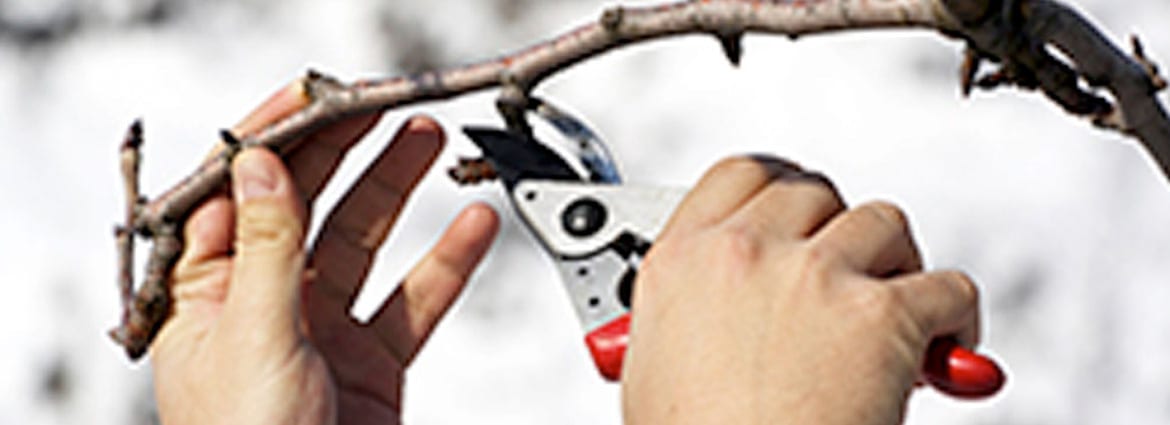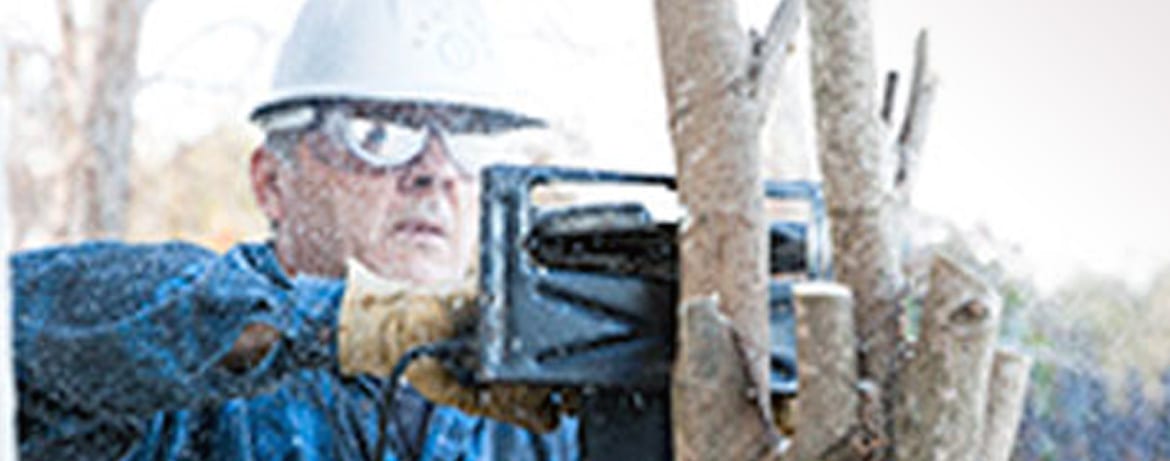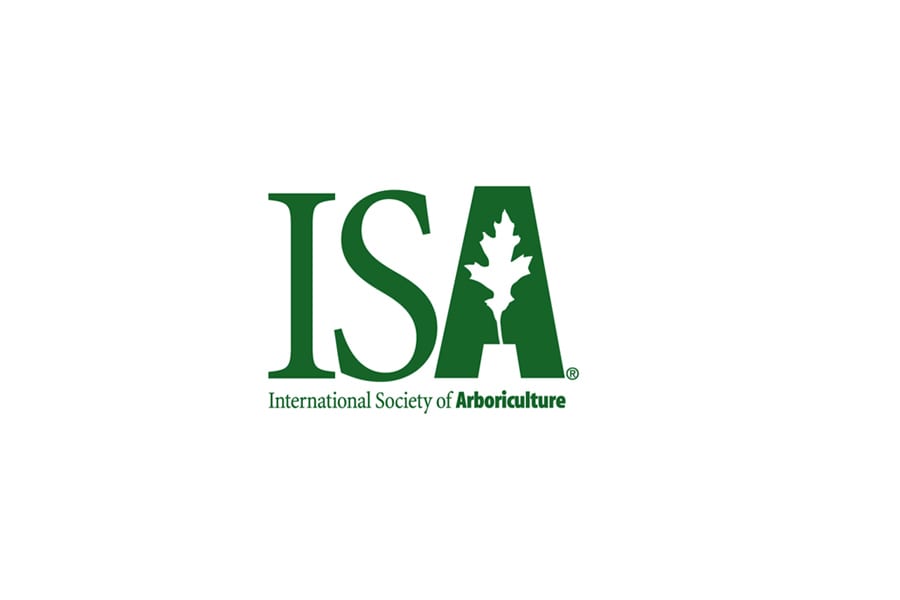
- Nov 17, 2021
- Dreamworks Tree Services
- Tree Pruning, Tree Care Tips
- 0 Comments
Everything You Need to Know About Tree Pruning in Winter
There is a belief among many home gardeners that tree pruning should never be done in the winter months. Although these same gardeners might not recall where or when they heard this so-called rule or who planted this thought in their mind, there is one small adjustment that should be made to this mindset – that the winter may be the best time for tree trimming and pruning. Okay, maybe not so small an adjustment.
What is Winter Pruning?
Winter tree pruning is the process of removing branches and parts of a limb during the cold months when the plant is dormant. Thus, it is ideal for species that are dormant during the winter months. If properly done, trimming the plants during this period encourages growth, shapes them, and improves their overall health.
How Does Tree Dormancy work?
Trees typically enter dormancy to manage water levels during freezing temperatures, just like hibernation. Everything within them slows down, including growth, metabolism, and energy consumption. Here are two ways plants prepare themselves:
- Some plants store water inside their cells and reduce the freezing point of the water by mixing it with hormones or minerals. This process is called supercooling.
- Some trees may push liquids and water into the space between the cells, allowing the water to freeze without damaging them.
Which Trees are Ideal for Winter Tree Pruning?
While there will occasionally be exceptions to any rule or practice, and there are some relative to tree pruning during the winter, there is one solid reason favouring this time of year. For many trees, winter is an ideal time to prune because it is their non-growing or dormant period. A list of such tree species contains but is not limited to:
- Oak
- Sumac
- Mountain Ash
- Poplar
- Spruce
- Apple
- Crabapple
- Locust
- Juniper
- Cherry, Plum, Pear
Also Read: Fruit Tree Pruning and Care
Top Benefits of Tree Pruning in Winter
There are several advantages to pruning trees during their state of dormancy, including:
- Reduced potential for disease or insect infestation during cold temperatures
- Limited time in which fresh cuts are exposed before healing begins in spring
- Clearer sightlines for branch structuring and canopy shaping (lack of foliage)
- Easier to identify and subsequently remove any dead, dying, or diseased wood
- Ease-of-access to any or all branches that may need to be removed completely
- Decreased risk of stress for the tree due to pruning
- Provides an opportunity to identify and prevent underlying risks re: storm damage
- More chances to improve tree health because insects and pests are less active in lower temperatures
- Improves safety of the people on the property
Pruning Techniques for Dormant Trees
Tree pruning should be done while considering the essential aspects. This includes safety, tree health, disease control, space management, pest control, airflow, sunlight, and aesthetics.
Here are the most common tree pruning techniques:
- Thinning – is the process of cutting a whole branch. Most arborists recommend this method of pruning a tree for disease and pest control or improving direct light and airflow.
- Heading Back – involves removing only a part of a tree limb without leaving a stub to prevent rot and diseases. Arborists recommend cutting the branches up to the next extending side limb to ensure there is no stub.
Considerations Before Pruning a Tree
There are several considerations or processes that should be respected when trimming or pruning trees during the winter. These practices would consist of:
- Any dead, dying, or diseased wood should be removed first
- Avoid leaving small stubs – could lead to disease or infestation
- Thin out crowded branches to improve airflow and sunlight penetration
- In cases where branches overlap, remove the thinner ones
- Any pruning efforts should keep in mind tree shape and weight balance
- Trim back branches overhanging the roof to lessen risks of storm damage
Winter tree trimming or pruning must be performed with care and attention to maintain the health and strength of the tree. If property owners are uncertain about which trees can be pruned in the winter or how to correctly carry out that pruning, they may benefit from consulting a tree care professional, such as a qualified arborist from DreamWorks Tree Services in Toronto.
One further and very important consideration for using the services of a qualified arborist relates to one’s safety; this is particularly significant if winter tree pruning must be done from a ladder or if the adjacent area is icy or frozen.
Our Arborists Offer Year-Round Tree Care Service
 Safe and proper tree trimming during the winter is one of many tree care services that can be provided by a qualified arborist from DreamWorks Tree Services in Toronto. In a general sense, property owners can benefit from the knowledge and expertise of such a professional on a year-round basis concerning:
Safe and proper tree trimming during the winter is one of many tree care services that can be provided by a qualified arborist from DreamWorks Tree Services in Toronto. In a general sense, property owners can benefit from the knowledge and expertise of such a professional on a year-round basis concerning:
- Overall tree health and vitality
- Aesthetic appeal of the property
- Suitable tree care by species and season
- Reducing personal time invested in tree care
The appropriate and timely or seasonal support available from a DreamWorks Tree Services arborist can include their insight and/or specific actions for:
- Tree planting
- Tree removal
- Tree fertilization
- Soil and tree nutrition
- Trimming or pruning
- Cabling and bracing
- Disease management
- Infestation prevention and control
Winter is the ideal time to prune many trees due to their dormancy and lack of foliage during this season. Call a qualified arborist from DreamWorks Tree Services today at 647-924-2627 to discuss your tree pruning and trimming needs over the winter months.
Also Read:











